
Los murales del museo Caja de Agua datan de 1536, fueron pintados mucho antes que cualquier otra cosa similar y son raros ejemplos de la pintura de principios del siglo XVI en América. Actualmente están protegidos en uno de los museos más nuevos de la Ciudad de México, pero fueron creados como parte de un intento de educar y evangelizar a la nobleza indígena.
Guiado por la comunidad religiosa, el sitio fue pensado como una cisterna, pero también para expresar la evangelización a través de la pintura. Las obras fueron ejecutadas con gran habilidad por los tlacuilos, es decir, ilustradores y pintores indígenas formados por los españoles.
El mural dentro del museo muestra escenas de la vida en el lago de Texcoco y sus alrededores, enmarcadas por un cordón franciscano. Es el ejemplo más conocido de una fusión temprana de las técnicas artísticas de los mexicas y los europeos.
Se cree que los tlacuilos fueron muchos de los artistas que dibujaron los famosos códices, incluido el Códice Durán y el Códice Florentino. Se dice que el Códice de Tlatelolco de 1565 representa a los seguidores de Quetzalcóatl, hombres sabios que se rindieron a los españoles y fueron atacados por perros.
El mural se encontró en 2002 y el Instituto Nacional de Antropología continúa estudiándolo hasta el día de hoy. Una nueva parte crucial de la visita a la Plaza de las Tres Culturas, el sitio se vuelve cada vez más interesante.
Las visitas guiadas al museo se realizan de lunes a viernes de 9 am a 2 pm, pero es necesario hacer una cita. Puedes llamar al 5782-7290 o al 5782-2240, horario de atención hasta las 5 pm.
 5782-7290 / 5782-2240
5782-7290 / 5782-2240

Cercano a 0.04 kms.
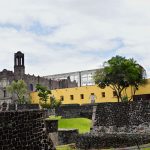
Cercano a 0.04 kms.
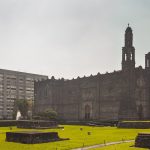
Cercano a 0.07 kms.
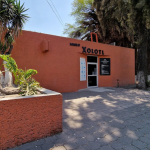
A spectacular little museum dedicated to the ancient Tenayuca ruins.

Este pequeño lugar alberga 22 figuras de cera de personajes históricos y del ámbito artístico

A museum dedicated to the history of Mexican finance . . .
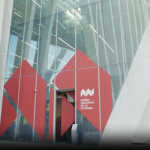
A museum dedicated to Mexico's long history of housing and living.
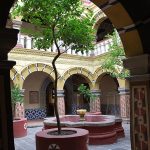
Con una historia militar muy interesante, también es un monasterio fascinante.